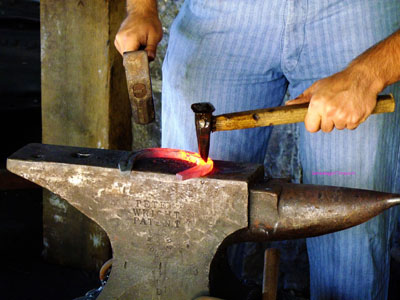What You Need to Know:
• The militias were a form of conscription and 1757 was the first year that a real attempt was made in England to keep proper militia records. All parishes had to make lists of adult males that were available for military service. The names of all men in the parish between the ages of 18 and 50 (later reduced to 45 in 1762) were listed on the militia ballot lists. They were called militia ballot lists because men were selected to serve in the militia by ballot from the lists.
• The 1757 militia ballot lists were a de-facto census of all adult males in a region. Thus, they can be a valuable genealogy source. Sadly, not all the lists survived so you need to check the specific region of your ancestors to see if any militia ballot lists exist.
• There were certain exclusions to the militia ballot lists. In particular peers, clergy, teachers, apprentices and peace officers were not listed. As well, the wealthy could offer money (essentially a bribe) to have someone willing to take their place in the local militia. These people would also not be listed. If your ancestor falls into one of these categories then it is probably not worth trying to track down existing militia ballot lists.

• Militia ballot lists eventually became what is known as muster rolls, which were continued in one form or another until 1831. Muster rolls can be a valuable genealogy source, although many muster rolls (like their predecessors the militia ballot lists) were not preserved for posterity.
What You Need to Know:
• These lists are a survey of all able-bodied men in a parish between the age of 15 and 60 who were not already serving in a military capacity.

• The Levee en Masse lists are surprisingly complete and often listed occupations and age of the men in each household as well as the number of females and children who would need to be evacuated. Particular emphasis in these surveys was given to men who had occupations that would be useful to the war effort, such as bakers, millers, blacksmiths, barge owners, etc. Unfortunately, the survival of these pre-census lists is also somewhat sporadic, but they are worth checking to see if they exist in the region of your ancestors because they can be a valuable genealogy source.

